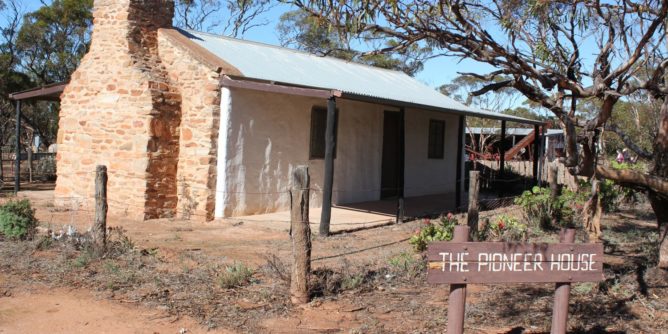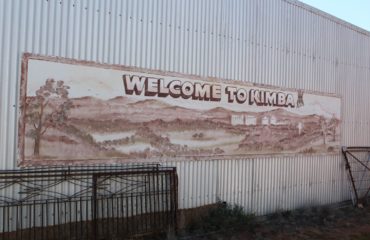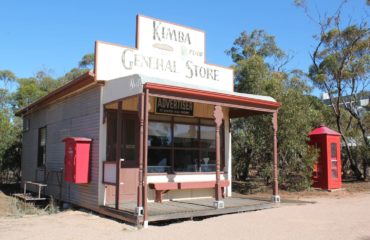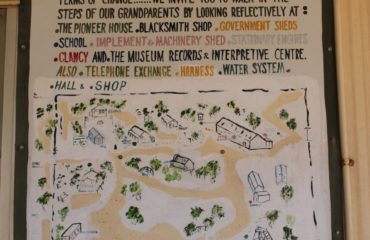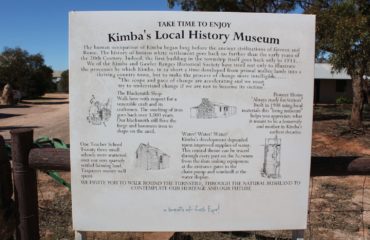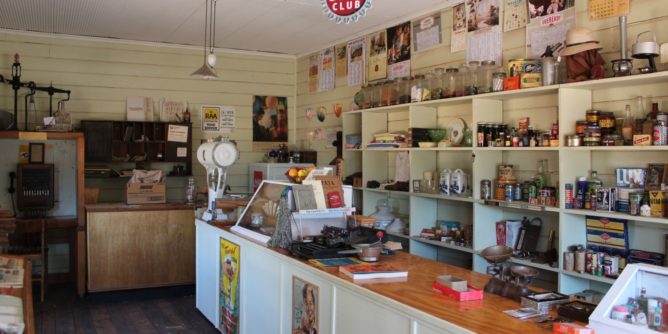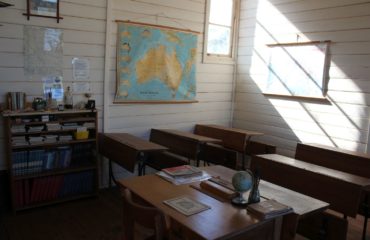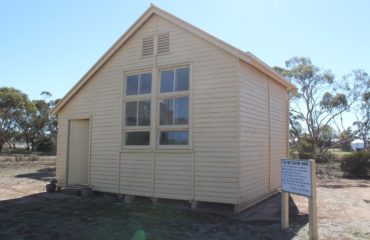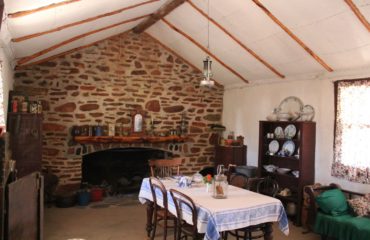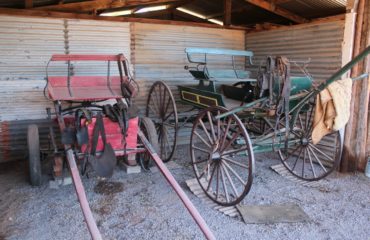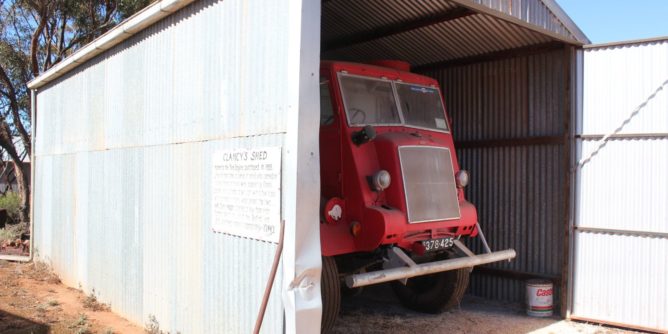Founded in March 1971, the Society aims to collect, archive and display local history items relating to Kimba and runs a heritage complex of eight historic buildings, various sheds housing pioneer domestic and farming collections and a separate museum/library centre, all set in a bushland setting.
The historic buildings moved and rebuilt on the site are all equipped and include an historic pine and pub pioneer house, a one teacher school, a blacksmith shop, a Government Shed, a General Store, a wheat buyer’s hut and a Telephone exchange. There are also various sheds which house farm machinery, stationary engines, harness vehicles, vintage trucks, tractors and Clancy the 1953 fire engine, while a separate Interpretive museum centre contains the Society’s records, displays of smaller items, as well as oral histories, many photographs and other documents, telling the story of the pioneering and development of Kimba town and district. The collection also includes a water conservation model, schooling and communication equipment.
The first building in the township goes back only to 1915 and the Kimba and Gawler Ranges Historical Society have tried to illustrate the processes by which Kimba in so short a time developed from primal mallee lands to a thriving country town.
The Pioneer House was the first house in the district, built by Sam Haskett. Sam and his two brothers were Kimba’s pioneer wheat-growers arriving in 1908. Great care was taken in removing and re-erecting Sam’s house in 1978. Many Kimba residents have contributed to make furnishings and equipment authentic. The Government Shed Settlers Home is a typical example of its kind.
Settlers built homes under these sheds during 1913-1940s using whatever materials were available. Settlers could apply for government loans to cover the costs of erecting ‘sheds having rainwater catchment roofs and tanks connected therewith’. The one teacher school is typical of the ‘flat pack’ small wooden school buildings sent to sparsely settled farming areas by train. Many children of farming families had the whole of their schooling in these tiny schools.


